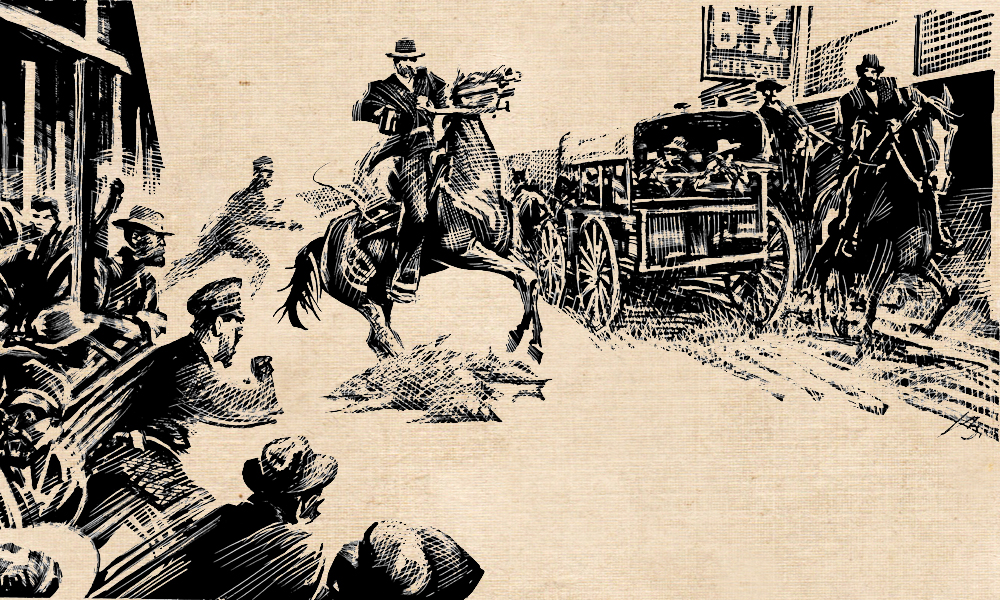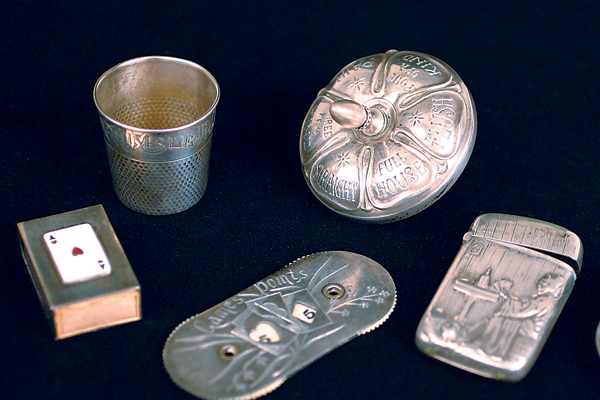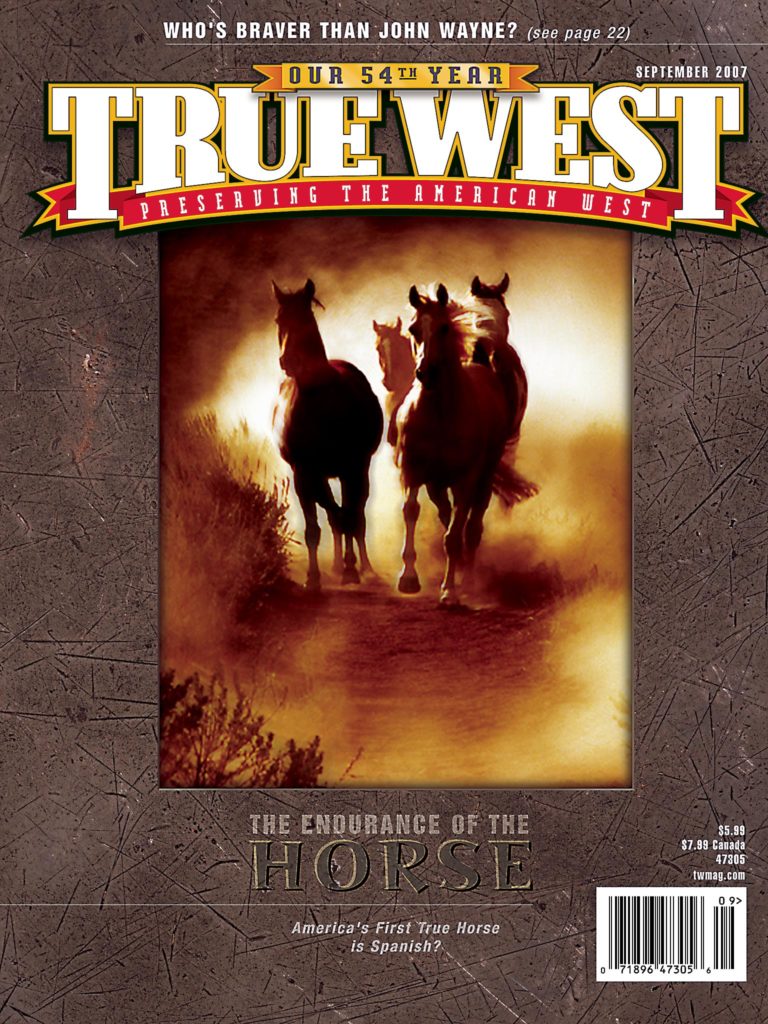True West calls the Tombstone battle the “Gunfight Behind the O.K. Corral,” while Earp historian Allen Barra calls it the “Street Fight in Tombstone.” How did people in the 19th century refer to it?
Michael H. Piatt
Holland, Massachusetts
Earp researcher Casey Tefertiller credits Stuart Lake, author of Wyatt Earp: Frontier Marshal, for the O.K. Corral element. Some evidence points to the lot being used “for storage by the O.K. Corral, so it was kind of part of the corral, but the evidence is not rock solid,” he says. “The fight, of course, started in the lot and moved into the street. Earp himself always called it the ‘street fight.’”
The “street fight” is what the locals called it in the weeks and months following the gunfight. Mayor John Clum called it the “Earp-Clanton Feud” in the 1920s. Since “Gunfight Near the O.K. Corral” sounds kind of wimpy, True West refers to it as the “Gunfight Behind the O.K. Corral,” which is technically the most accurate description since the fight happened near the rear entrance to the corral.




